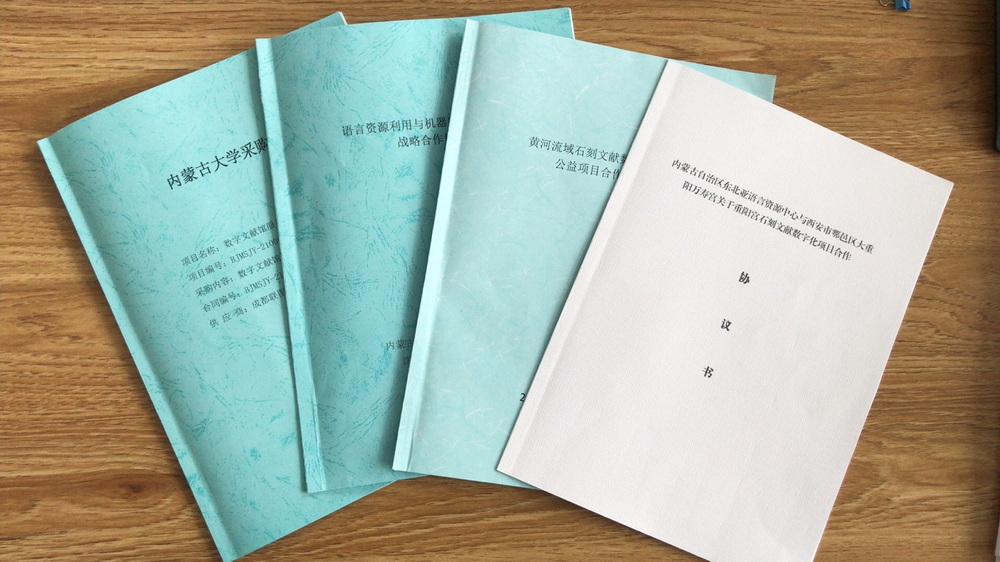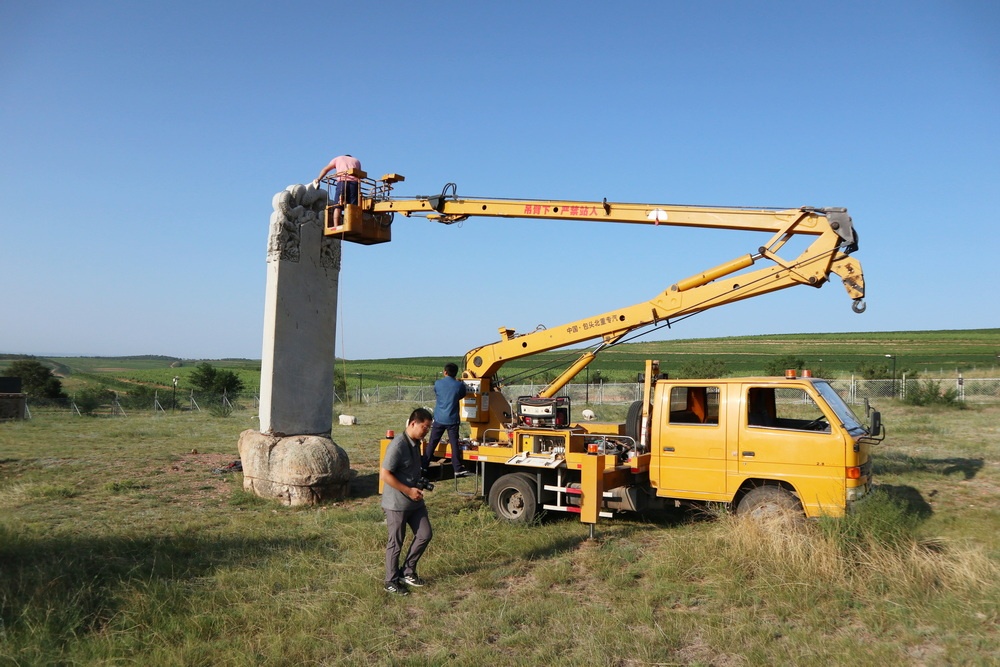“The Building of Database for Uighur Mongolian Writings” is one of the key projects whose fund IMU won from the National Social Science Fund of China in 2019. The chief expert with the project is Professor Nasanurtu, director of Northeast Asian Language Resources Center of Inner Mongolia Autonomous Region. In August, 2021, the project passed the mid-term review and got the subsequent support of RMB600,000 from the National Social Science Fund of China.
The project consists of the following sub-projects: “The Collection and Reorganization of Writings in Uighur Mongolian and the Study of the Transliteration in Uighur Mongolian”, “The Development of the Rules for the Automatic Transferring of Uighur Mongolian Transliteration from Latin to Other Languages”, “The Digitalization of the Master Copies of Writings in Uighur Mongolian and Building of Database and Platforms Concerned”, “The Collection, Sorting and Translation of the Works on the Research of the Writings in Uighur Mongolian”, and “The Historical Study of the Writings in Uighur Mongolian”. In 2020, the sub-project teams accomplished the data collection, 3-D scanning and modeling of inscriptions on over 50 cliffs, in 2 caves and on 7 steles (https://news.imu.edu.cn/info/1003/27754.htm). Also in this year, the project teams went to such places as Shaanxi province, Shanxi province and Gansu province for investigation and research, and basically finished the building of virtual “Digital Chongyang Palace ” and “Archives for Digitalized Writings in Uighur Mongolian”. Moreover, the teams basically finished writing The Studies of Uighur-Mongolian Inscriptions on Cliffs in China, An Introduction to the Digitalization of Mongolian Written Materials, translating The Writings of Francis Cleaves and setting up the cloud platform for database of Uighur-Mongolian materials.


The project teams have received precious rubbings from Prof. Bao Xiang, a predecessor scholar who has kept those rubbings for over 50 years(https://news.imu.edu.cn/info/1003/30891.htm) and more than 200 valuable rubbings from the National Library of China. The team has signed the cooperation agreement with Chongyang Palace and Wanshou Palace(two Taoist temples) (https://news.imu.edu.cn/info/1272/28999.htm), Xilingol Vocational College and China Foundation For Cultural Heritage Conservation on digitalization of Uighur-Mongolian written materials and resource-sharing.
The project teams have pulled through the difficulties caused by Covid-19 pandemic. It will continue its data collection, expand and perfect the database, optimize, review and integrate platform software and write the entries concerning Uighur-Mongolian literature and works about linguistic studies of Uighur Mongolian.
Uighur Mongolian was the written language used by Mongolians from the 13th century to the 16th century and is the basis of modern Mongolian. Now nearly 30 countries and regions including China, Mongolia and Russia keep the important materials concerned regarding such fields as politics, economy, history and culture. Since the 20th century, the wide and deep research of Uighur Mongolian has been conducted among such scholars as Schmidt with Russian Academy of Sciences, Kotwich from France, Mostaert Antoine from Belgium, Francis Cleaves and N·Poppe from America and Friedrich Wilhelm Radloff from Russia and Junast from China. The protection, sorting and multilingual translation of Uighur Mongolian materials is practically significant for knowing about the history, language and culture of the countries along “the Silk Road”.
The project teams have been clinging to IMU’s motto to “look for the truth and be practical”, carrying forward the university’s spirit to “admire the truth and pursue excellence” and promoting the people-to-people exchanges and mutual learning among civilizations of different countries covered by “One Belt and One Road Initiative” in northeastern Asia.

